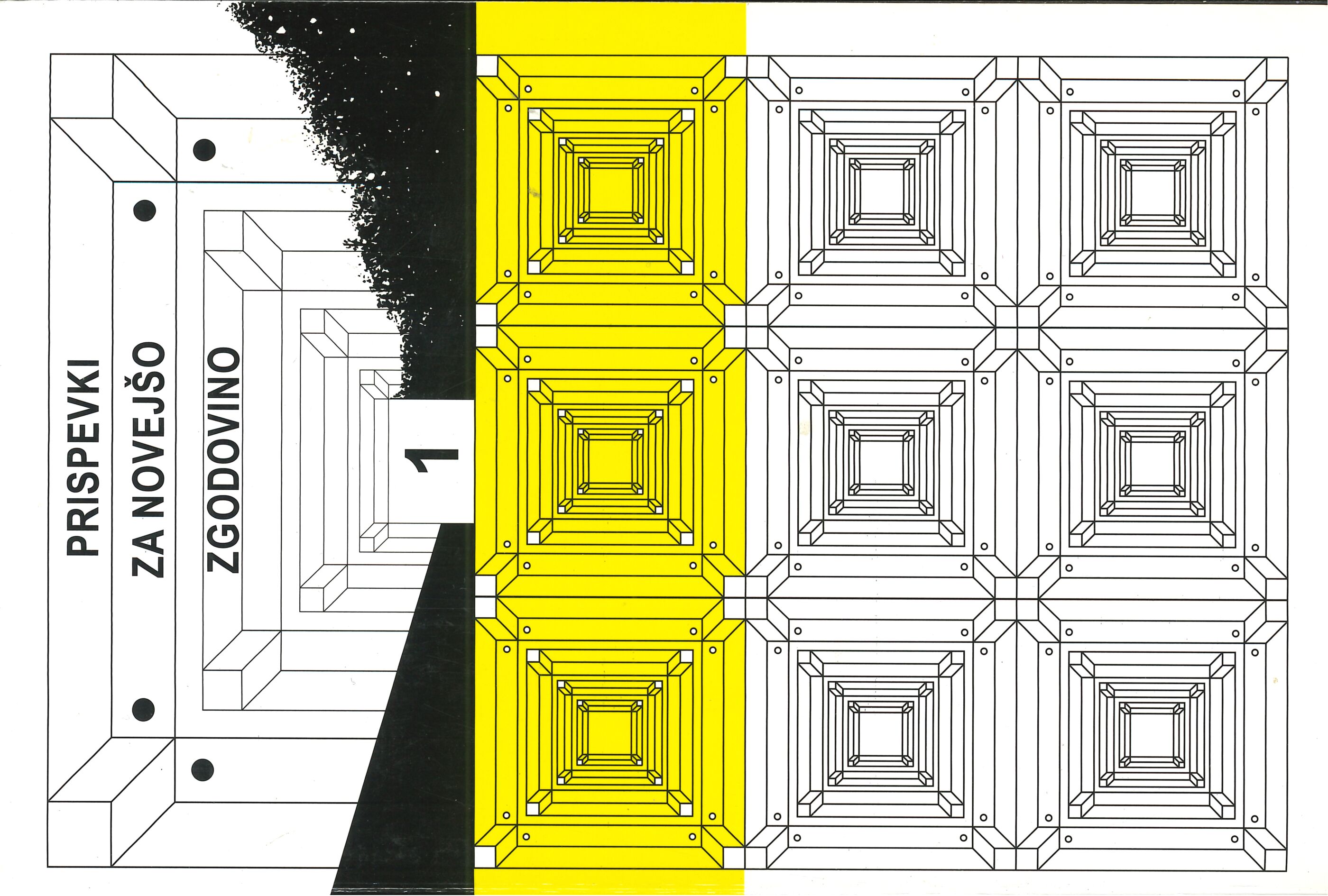Volitve v ljubljansko in mariborsko oblastno skupščino leta 1927 in njihove posebnosti glede na parlamentarne volitve v Sloveniji
Keywords:
Slovenia, politics elections, self-government, Administrative Unit Assembly, National Assembly, Ljubljana Administrative Unit, Maribor Administrative UnitAbstract
PARTICULARITIES IN VIEW OF SLOVENIAN PARLIAMENTARY ELECTIONS
With regard to the appointed authorities of the largest administrative units, the St. Vitus’ Day Constitution provided for the elections to the Administrative Unit Assemblies as the highest self-government bodies in these units. Despite the fact that the centralist political forces had limited competences, they managed to prevent the elections and the commencement of the operations of Administrative Unit Assemblies until 1927. The electoral law relevant for the Administrative Unit Assemblies was similar as in case of the National Assembly. However, the differences with regard to electoral districts and number of Assembly Members were significant. 106 Assembly Members were elected for the Ljubljana and Maribor Administrative Unit Assemblies in 30 Slovenians electoral districts and cities; while 26 Members of the National Assembly from Slovenia were elected in three electoral units. Slovenian People’s Party achieved an absolute victory in both Administrative Unit Assemblies. However, independently or through electoral blocs seven other political parties received mandates in these Assemblies, which contributed to the improved picture of the contemporary political life in the individual regions of Slovenia. The Administrative Unit Assembly elections indicated the changing power of certain parties since the parliamentary elections of 1925 and foresaw the results of the National Assembly election results in September 1927 in Slovenia.
Downloads
Published
Issue
Section
License
Authors who publish with this journal agree to the following terms:
- Authors retain copyright and grant the journal right of first publication with the work simultaneously licensed under a Creative Commons Attribution License that allows others to share the work with an acknowledgement of the work's authorship and initial publication in this journal.
- Authors are able to enter into separate, additional contractual arrangements for the non-exclusive distribution of the journal's published version of the work (e.g., post it to an institutional repository or publish it in a book), with an acknowledgement of its initial publication in this journal.
- Authors are permitted and encouraged to post their work online (e.g., in institutional repositories or on their website) prior to and during the submission process, as it can lead to productive exchanges, as well as earlier and greater citation of published work (See The Effect of Open Access).


